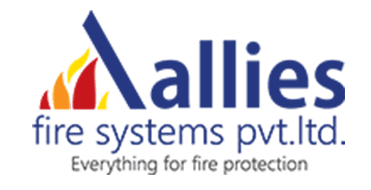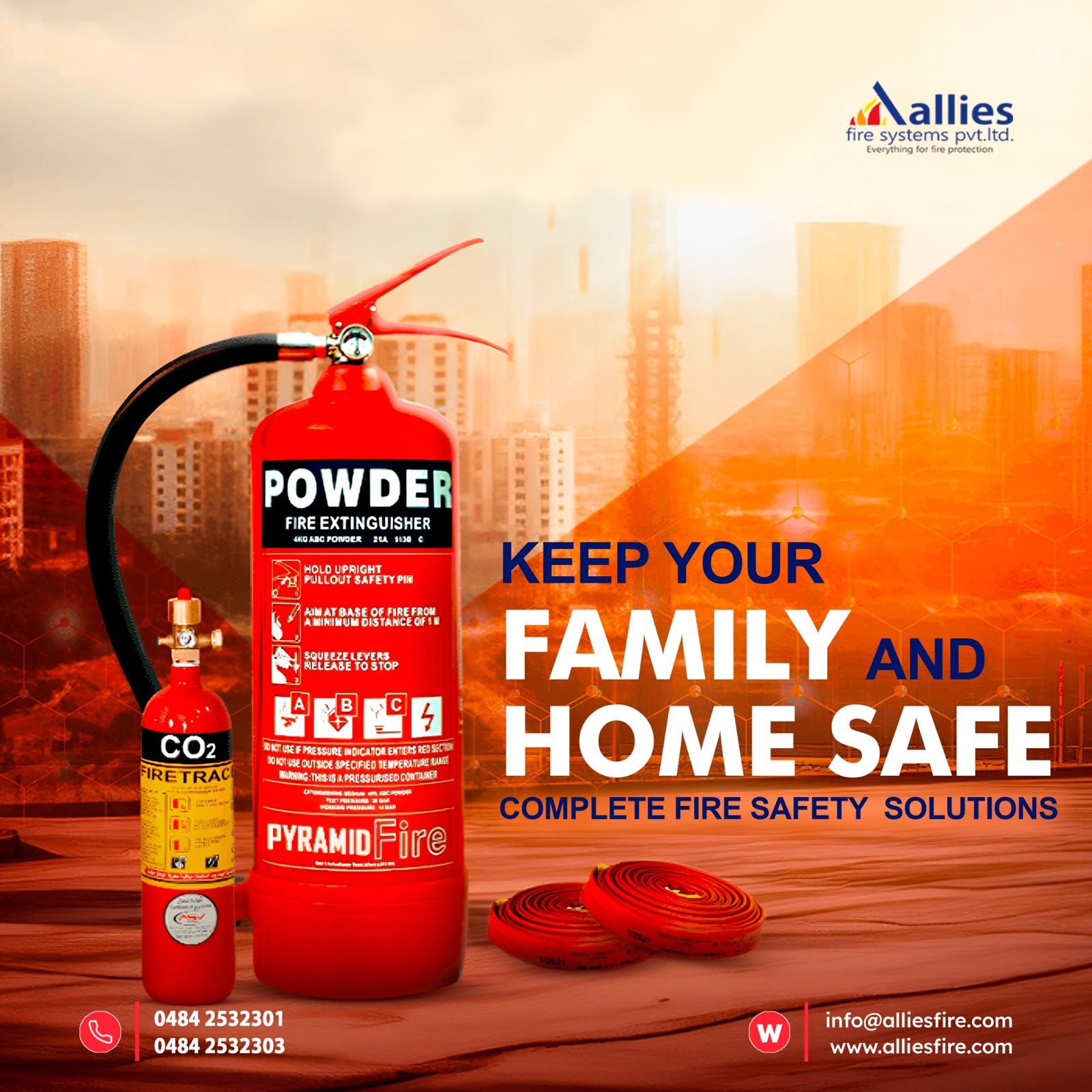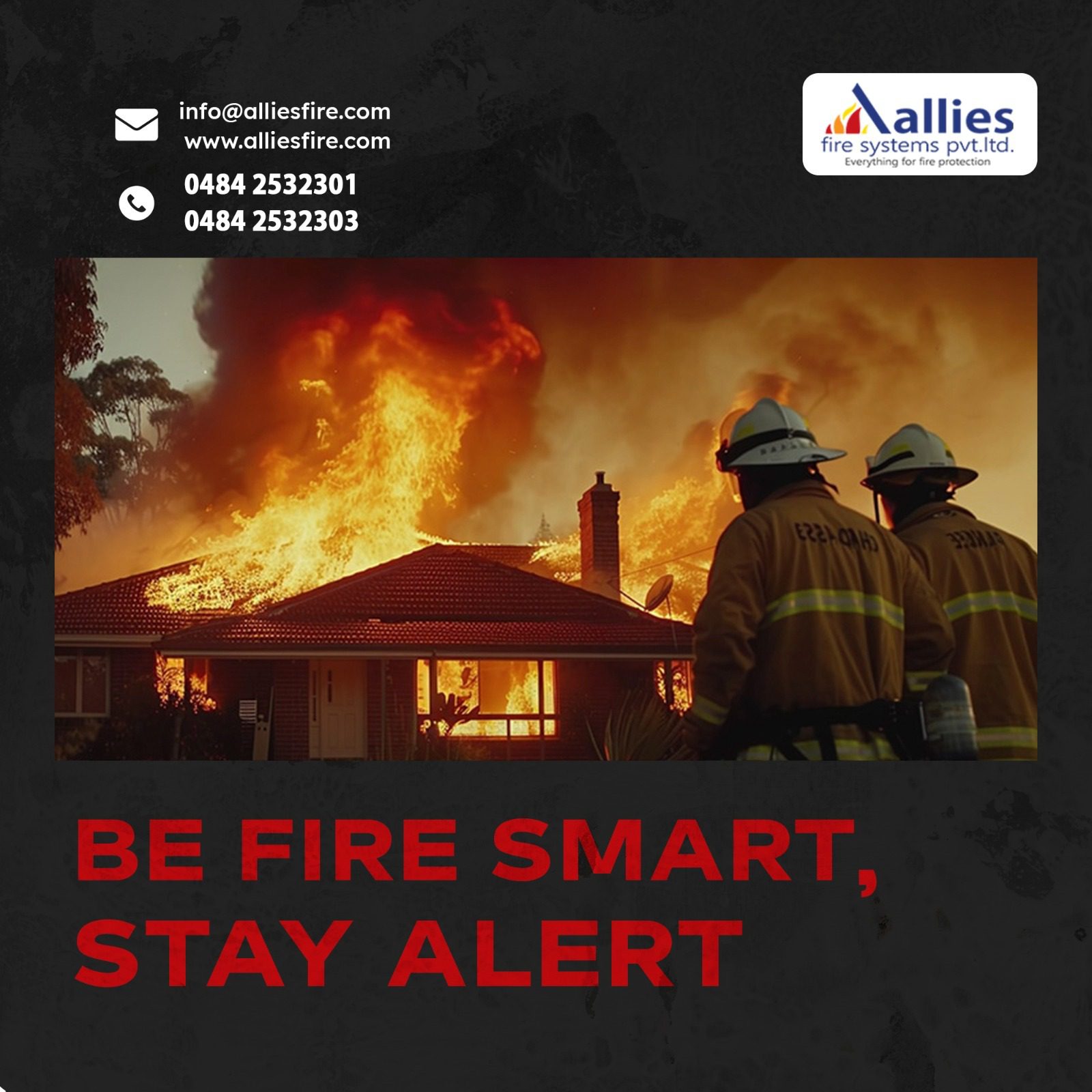
Fire Safety in Care Homes: 5 Things You Must Do to Stay Safe
5 Critically Important Fire Safety Measures for Residential Care Homes
Fire safety in residential care homes is a matter of life and death, particularly when vulnerable occupants are involved. Tragically, recent incidents, such as the devastating fire in a Hertfordshire care home that claimed two lives, highlight the urgent need for robust fire safety measures.
Evacuating residents during a fire can be challenging, especially for those who are elderly, unwell, or young. The difficulty is often compounded by reduced staffing levels during night shifts.
To help prevent such tragedies, we have created a straightforward guide for those responsible for fire safety in care homes. Use this as a practical checklist to ensure the five most critical fire safety measures are implemented effectively in your premises.
Stay vigilant, stay prepared, and prioritize safety to protect the lives of those in your care.
Fire Safety in a Care Home – 5 Essential Steps: Checklist
Ensuring fire safety in a care home is crucial for protecting vulnerable residents. Below is a quick checklist to help you assess your current fire safety measures.
Checklist
- Fire Risk Assessment: Is your fire risk assessment up-to-date and thoroughly reviewed within the past 12 months?
- Fire Alarm System: Do you have an ‘L1’ fire alarm system installed throughout the premises, fully serviced and operational?
- Fire Extinguishers: Are the correct types of fire extinguishers placed in appropriate locations?
- Fire Doors: Are your fire doors fully functional and inspected quarterly?
- Evacuation Training: Have all staff received evacuation training tailored for assisting vulnerable residents?
If you answered ‘No’ to any of these questions, your fire safety measures may not be adequate. In such cases, contact your fire protection provider immediately for professional advice.
1. Fire Risk Assessment
By law, all care homes must have a comprehensive Fire Risk Assessment. This is the foundation of your fire safety plan, identifying necessary fire protection measures tailored to your premises and residents.
Your Fire Risk Assessment must:
- Be documented if there are five or more occupants on the premises
- Be reviewed annually to ensure its continued relevance
- Be updated following any significant changes to the premises or its residents
It’s also essential to implement all recommended fire safety measures from your Fire Risk Assessment.
If you do not have a current Fire Risk Assessment, it is strongly advised to arrange one as soon as possible. Operating without one may put your residents at serious risk.
Taking these steps will ensure your care home remains safe and compliant, offering peace of mind for both staff and residents.
2. L1 Fire Alarm System
To comply with fire safety regulations, care homes are required to install an L1 fire alarm system in kochi. This system offers the highest level of fire detection coverage, ensuring maximum protection for residents and staff.
An L1 system provides automatic fire detection, using smoke or heat detectors in every room within the care home — including larger cupboards and storage areas. This early detection is crucial as it allows more time to safely evacuate vulnerable individuals.
Maintenance and Testing
- Service Schedule: Your L1 fire alarm system must be serviced at least every 6 months by a qualified fire alarm engineer.
- Weekly Testing: A competent person should conduct weekly tests to ensure the system is functioning correctly.
To confirm your system is up to date with servicing and testing, refer to your most recent fire alarm service certificate and check your fire logbook for accurate records. Regular maintenance is vital to ensure the system remains reliable and compliant with safety standards.
3. Fire Extinguishers
If you’re responsible for fire safety in a care home, having fire extinguishers is essential. However, it’s not just about having them — it’s about ensuring the right types of extinguishers are placed in the correct locations to address different types of fires effectively.
Choosing the Right Extinguishers
- Ensure you have extinguishers suited for various fire types (e.g., Class A for combustible materials, Class B for flammable liquids).
- Position them in accessible, clearly marked locations to allow quick response in an emergency.
Consider Accessibility
In a care home, where residents are often elderly and many staff members may be female, it’s vital that the extinguishers are manageable. Choose extinguishers that are appropriately sized and lightweight to ensure they can be operated by the majority of occupants.
Maintenance and Servicing
- Fire extinguishers must be serviced annually by a qualified professional.
- They should be replaced once they reach the end of their serviceable life.
- To check the date of the most recent service, inspect the service label attached to each extinguisher.
By maintaining the correct extinguishers and ensuring they are accessible and up-to-date, you’ll significantly enhance the fire safety measures in your care home.
4. Fire Doors
Maintaining high-quality, fully operational fire doors is essential for fire safety in care homes. Fire doors are designed to slow down or contain the spread of fire, providing staff with valuable time to evacuate residents safely.
Fire doors play a crucial role in horizontal evacuation, an important strategy used in care homes to move residents to a safer area within the building, which we’ll cover in more detail in section 5.
Options for Fire Door Management
You may choose to install magnetic retainers that keep fire doors open during the day and automatically close them if the fire alarm is triggered. If using this system, ensure the following:
- Fire doors connected to the fire alarm must be tested weekly as part of the fire alarm test.
- Fire doors should be closed at night for enhanced safety.
Another option is to install an acoustic retainer (such as a Dorgard) that operates on battery power. These retainers allow fire doors to remain open but will close them automatically when an alarm sounds. However, note that acoustic retainers are not suitable for all fire doors, particularly those leading to staircases that serve as the only means of escape.
Inspection and Maintenance
- Fire doors must close fully, fitting squarely against the door stop.
- Conduct a visual inspection at least once a quarter to check for any signs of wear or malfunction.
- Arrange for repairs immediately if any issues are identified.
To confirm regular testing and inspection of your fire doors, review the fire logbook for the most recent records.
Properly maintained fire doors are a critical component of your care home’s fire safety strategy, ensuring the safety of both residents and staff.
5. Evacuation Training
Ensuring your care home staff and fire marshals receive proper fire safety training is essential. While general fire training is necessary, it’s even more critical that everyone understands how to safely evacuate residents in the event of a fire.
Types of Evacuation Procedures
- Simultaneous Evacuation: In a standard evacuation, all occupants exit the building immediately when the fire alarm sounds.
- Horizontal Evacuation: This method is particularly important for care homes where not all residents are mobile. Instead of evacuating everyone at once, residents are moved horizontally to a safer area on the same floor, away from the fire. This staged approach buys time for further assistance and emphasizes the importance of properly maintained fire doors to contain the fire.
Training Requirements
- Staff must be trained in horizontal evacuation procedures.
- All team members should know how to operate evacuation aids such as evacuation chairs or mattresses.
- Training should be part of your regular fire safety program and should be provided to all new employees as soon as possible.
Record Keeping
To verify that your staff have received adequate training, check your fire logbook for the date of the most recent evacuation training session. Keeping accurate records ensures compliance with fire safety regulations and guarantees your staff are prepared in case of an emergency.
Proper evacuation training can make a critical difference in ensuring the safety of vulnerable residents during a fire emergency.
Fire Safety Procedures in a Care Home
We hope this guide on fire safety in residential care homes has behttps://www.alliesfire.com/en helpful and that you now feel confident in assessing whether your care home meets essential fire safety standards.
Proper preparation is crucial to preventing the devastating consequences of a care home fire. By staying vigilant, maintaining safety protocols, and ensuring staff are well-trained, you can significantly reduce the risk of fire and protect the lives of your residents and staff


